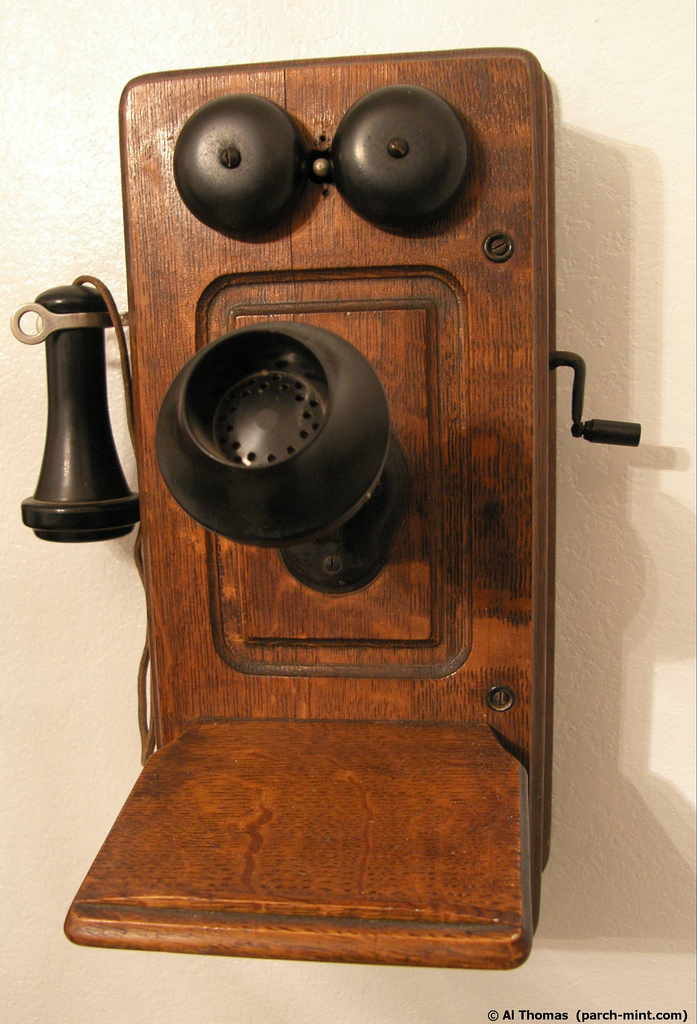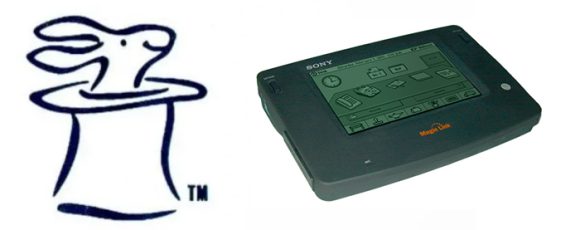
One often misunderstood topic of entrepreneurship is “sustainable competitive advantage“, and specifically, the advantage from a “network effect“. Microsoft, Google, Facebook, Amazon, iTunes, and many other modern technologies succeeded due to this effect, but the anecdote I like to use is almost 150 years old, the telephone.
The anecdote goes this like: One telephone has no value. Two telephones have almost no value. After 100 phones, you may know someone with a phone, and if so, then there is value in you signing up for telephone service. After 100,000 phones, you very likely know many people with phones, and the value is measurable. And at 1,000,000 phones, many of your friends, colleagues, and family will have phones, making the service highly valuable.
I don’t bother trying to put a number on these values, as all heads start nodding by the middle of the anecdote.
However, what I find is that this anecdote teaches a second lesson, in the form of a second question. How do you bootstrap a business that relies on the network effect to succeed? The problem for me is that I had no idea how Bell managed to sell the first telephone, or tenth, hundredth, etc. I did know that it took about 50 years to reach half the U.S. population, then another 30 years to reach the rest. Plus I knew that Bell did not rely on a freemium model, which moves the problem out of the realm of sales and into the realm of the realities of fund raising.
A bit of googling later, and I found the answer. Actually two answers, as there were two business models used to bootstrap the telephone business:
First, some exceedingly wealthy people bought a pair of phones, connecting one to their home and the other to their office. These people had to negotiate with the local telegraph company to string wires between the buildings, and the telephones only spoke to each other, not as part of a network. None the less, these first sales came at a high price, and were no doubt used by Bell the convince the next wave of customers of the value of telephones.
Those other customers were the the second, larger business model. Licensing telephone equipment to new (startup) companies who provided telephone service to a single town or city. In January 1878, the District Telephone Company of New Haven (Connecticut) was the first of these licensees. They then had the challenge of then selling their first telephone subscription. They too likely found a rich customer who subscribed to two phones, but they connected those phones to their new network. It took just one month before the first-ever New Haven telephone directory was published, with 50 names, but no telephone numbers, as those were decades away from being invented.
Eventually, the AT&T company connected these little companies via “long distance” lines, consolidated most of them into one large company, and ultimately made a deal with the U.S. government to become a regulated monopoly, specifically to ensure the network effect would continue the company’s growth into the 20th Century.
There are many other lessons to be learned about the network effect, monopolies and dealing with the Federal government, but turning back to 1878, one other question has long bothered me about telephones, and this research answered that question too.
Back in the day of human operators, no phone numbers, no computers, how did the telephone company charge for service?
That answer was simpler than expected. The District Telephone Company of New Haven charged $1.50 per month. There were only a few dozen phones to call, no long distance, nor anything else to charge a premium, thus this simple flat rate pricing makes sense. In 2014 dollars, looking solely at inflation, this $1.50 is about $40.00. The $1.50 is more like $350 if you consider how much more people earn today than 135 years ago. Either way this lies somewhere between the price of an Internet phone and a cellphone, both of which now allow unlimited calling across the USA.
The network has certainly grown, and thus the value has grown, but thanks to the general deflationary cost of technology, the price we pay has not changed much across nearly a century and a half.
With that mystery solved… does anyone know what Bell charged their licensee for the equipment?
Part 2 in this series explains that AT&T never actually sold any phones, and why that was the wrong business model.
Like this post? Listen to this story and others on The Next Step: Podcast.
Step #22: Selling the first telephone, and your first sale
















35 % of the revenue from Coy’s business.
“On 3 November 1877, George Coy was awarded a Bell telephone franchise for New Haven and Middlesex counties. This franchise stipulated that the Bell Company would own thirty-five percent of Coy’s enterprise.”
http://doddcenter.uconn.edu/asc/findaids/SNET/MSS19970122.html
Nice find. I’ve read elsewhere that as the old Bell morphed itself into AT&T, it’s licenses included more and more ownership in its licensees, eventually turning itself into the monopoly that lasted half a century.
[…] How did Alexander Graham Bell make the telephone? (n.d.). Retrieved April 12, 2016, from http://www.ask.com/history/did-alexander-graham-bell-make-telephone-9dba2e2a14dac072 Selling the first telephone. (2014). Retrieved April 12, 2016, from https://www.lunarmobiscuit.com/selling-the-first-telephone/ […]